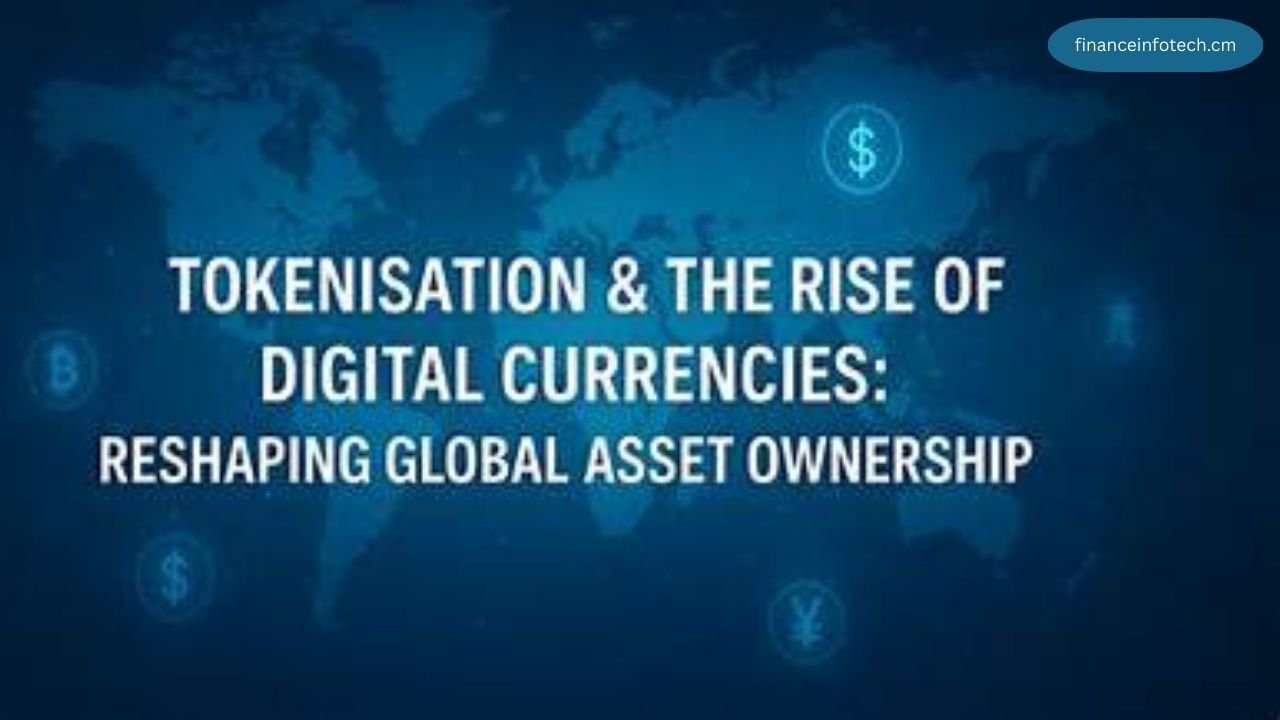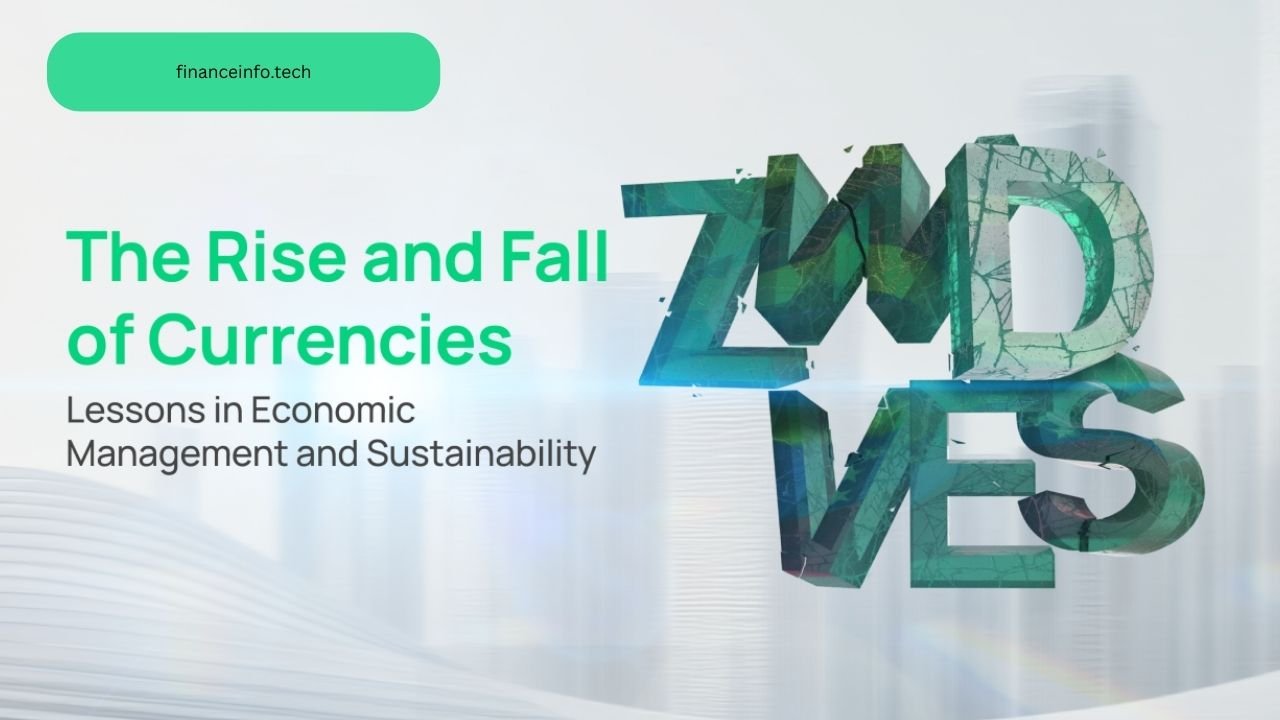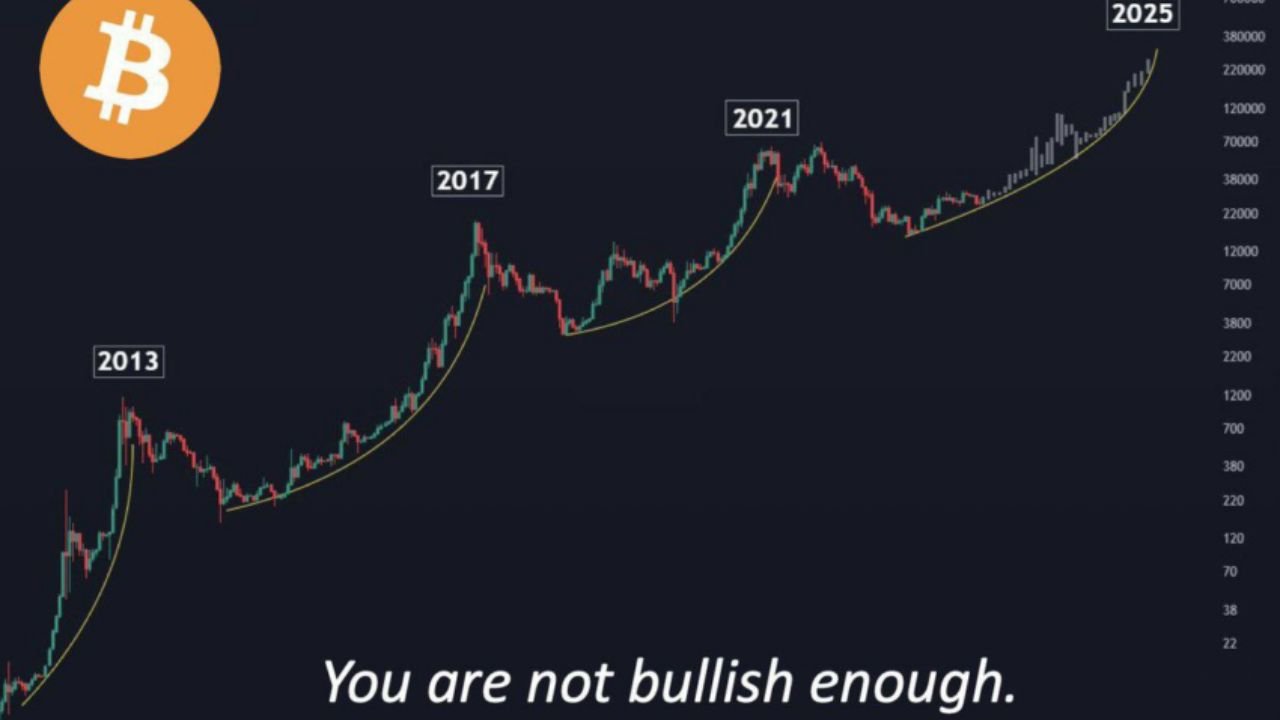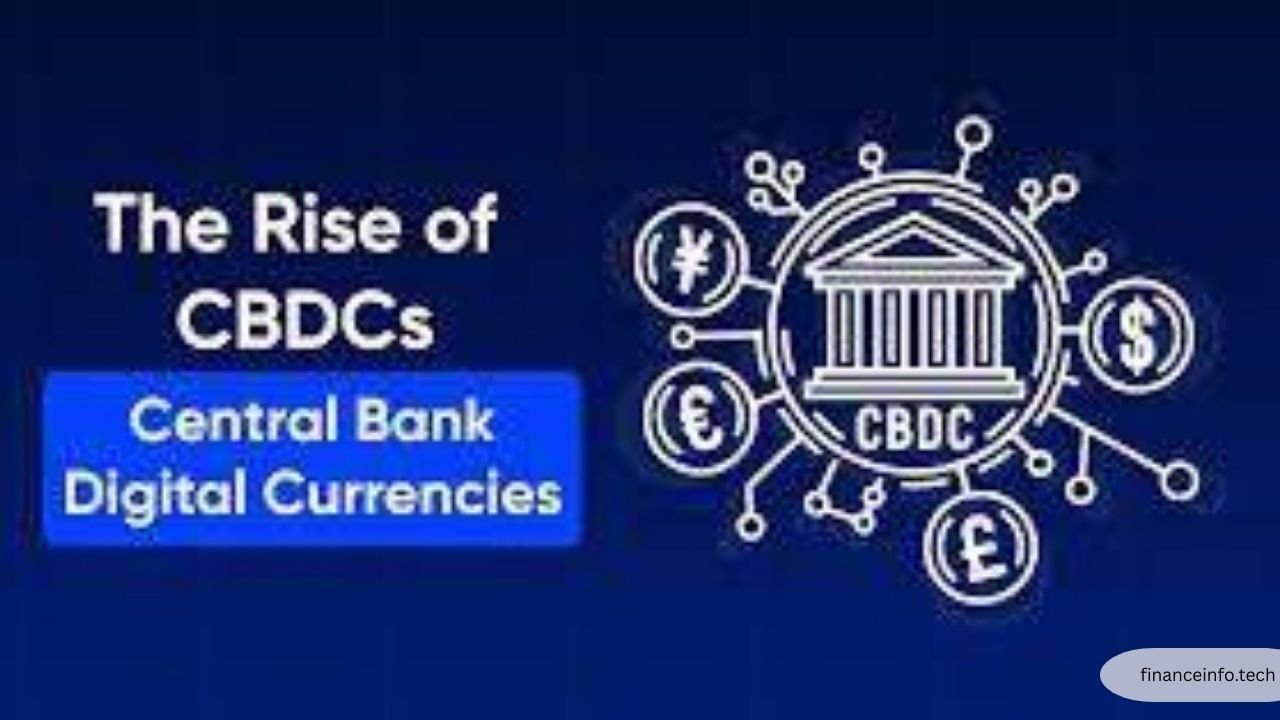Table of Contents
The rise and fall in global currencies by 2025 will be remembered as a period of major upheavals on the global currency markets. This blog is related by financeinfotech.com. A powerful combination of changing policies, increased geopolitical tensions, and rapid technological advancements created the volatile market. In 2025, the interconnectedness between the global financial system became evident.

The main theme for 2025 was rebalancing. For years, the global currency operated under a series of assumptions. These assumptions were challenged, resulting in dramatic changes to currency values. Global currency have experienced notable shifts driven by geopolitical instability, inflationary pressures, interest
The US Dollar: A fortress that has cracks
The US Dollar began 2025 in a strong position thanks to the Federal Reserve’s aggressive anti-inflation approach that was in place during the previous years. The strength of the US Dollar soon became a double-edged sword. As the year progressed, the high interest rates intended to cool the economy began to have an impact. This resulted in a noticeable slowdown in the US economic growth.
In the second quarter, signs of a possible economic recession were obvious. In response to pressure from the public and other institutions, the Fed altered its policy in order to avoid a “hard land”. The Fed announced that it would stop rate increases, and in the late summer began a modest series of rate reductions. This policy change had an immediate impact on the currency markets. Dollar, once considered a safe haven currency, is now steadily falling against a basket of other major currencies. Geopolitical factors also played a major role. Global currency is concerned about their countries’ over-reliance on the dollar and have increased their efforts to de dollarize.

How to Navigate the Euro in a Fractured Landscape
Euro 2025 was a journey of resilience in the face of internal and external pressures. The European Central Bank (ECB) was in a difficult position. The European Central Bank was in a tough position. The ECB had to find a balance between its inflationary fears and the fragile economic recovery in several member countries. The Euro started the year at a disadvantage because of the ECB’s cautious approach to monetary tightening compared with that of the Fed.
The Euro strengthened as the US economy slowed and the Fed responded. The US-Eurozone differential in interest rates shrank, making the Euro more appealing to investors. Economically, the united push by Europe to digital sovereignty and green power has begun to payoff. The investments made in renewable technologies and infrastructure have created jobs and stimulated economic growth. They also helped to anchor the value of the euro.
The Global currency of countries
The currencies of countries that export commodities have done extremely well, particularly those with abundant minerals and energy essential to the green transformation. Global currency demand for these commodities was strong and currencies of countries with stable political environments, or good fiscal management, appreciated significantly. Brazil’s Real and South Africa’s Rand, both of which have strong export revenues, enjoyed periods of strength.
In contrast, EM currency of countries with high levels of dollar-denominated debt and political instability faced a harsh reckoning. The strength of the US Dollar made servicing debts costlier in the first half. Some countries were close to default. Global currency devaluations followed, and capital fled. This led to a two-tiered economy, where the resource-rich and well-managed countries separated themselves from the struggling and poorly-managed nations.

The Digital Disruption: Crypto and CBDCs Redefine Money
The technology revolution will drive the most significant changes beyond the traditional forex markets in 2025. Central bank digital currencies (CBDCs), cryptocurrency and other digital currency have moved from theory into practice, transforming financial flows.
Cryptocurrencies – Beyond Speculation
After years of extreme volatility, the cryptocurrency market began to mature in 2025. This was not a year where Bitcoin and Ethereum prices rose solely due to hype. Instead, the focus shifted from real-world utility to regulatory clarity. This change was influenced in part by key developments. This shift was influenced by several key developments. This transparency that institutional investors have long sought has helped to reduce risk and encourage mainstream financial players into the market. Pension funds and asset managers began to allocate small but significant portions of their portfolios to digital assets. They saw them as an alternate asset class.
Businesses, particularly small and medium-sized businesses, adopted stable coins as a faster and cheaper way to conduct international trade. This bypassed the traditional banking system, which is slow and costly. The blockchain technology was put to good use. This trend challenged SWIFT as the dominant system, but it also raised questions for regulators about financial stability and currency sovereignty.
Digital currencies are on the rise in central banks
The most important long-term developments for 2025 will be the tangible progress made by CBDCs. While China continued to expand its digital yuan pilot, other countries began to turn their research projects into reality.The European Central Bank launched the first phase of its digital Euro pilot program, which is focused on retail payments. The project was not well received at first but it showed that the goal of modernizing the currency system was clear. India's digital Rupee is also popular for wholesale payments and interbank transfers, streamlining the vast financial system.
The introduction of CBDCs had a direct impact on the global financial landscape. CBDCs allowed central banks to have more control over monetary policy and were an effective tool for increasing financial integration. They promised more efficient and secure payment systems. The rise of these companies sparked discussions on privacy, surveillance, and the changing role of commercial banks. Interoperability among CBDCs was a hot issue, since it could fragment or further integrate the global financial system.

FAQ
1. What are the causes of global currency fluctuations?
Interest rates: High interest rates tend to attract foreign investments, which increases demand and the value of Global currency.
Economic performance: The strength of a currency is based on the economy’s economic growth rate, its low unemployment rates, and investor confidence.
2. What are the effects of global currency changes on an economy?
The value of global currency has a significant impact on an economy. Strong currencies can reduce import prices. Inflation can be controlled by a strong currency. Exports are also more expensive. Exports can have a negative impact on domestic industries.
3. Why is the US Dollar important to the global economy?
Since the end of World War II, the US Dollar is the most important reserve currency in the world. Many central banks and financial institutions hold US Dollars. The US Dollar is preferred as a currency for international trade. This is especially true for commodities such as oil and gold. The US dollar’s dominance on financial markets is due in part to its stability, size and strength.
4. How can businesses and individuals protect themselves against currency risk?
Spreading investments across currencies and countries can help reduce risk for investors. Traveling? Use credit cards that do not charge foreign transaction fees, or exchange currency at the best time to save money.
5. Can cryptocurrency be used to replace conventional currency?
Although cryptocurrency has become increasingly popular, it still represents a high-risk asset. These assets are not regulated and their value can be very volatile. Stablecoins are linked to currencies such as the US Dollar and offer greater stability, but they also come with risks. They may offer advantages such as faster and cheaper transactions, but they should still be treated with caution.
Conclusion
Interest rate policies are also changing, as is the influence of digital assets. The U.S. central bank digital currencies (CBDCs), and cryptocurrency, have started to redefine the traditional monetary system. This signals a gradual change in how value is transferred and stored globally. The global currency landscape of 2025 will reflect a world that is in transition. This world will be shaped by innovations, policy changes, and changing global power dynamics.
